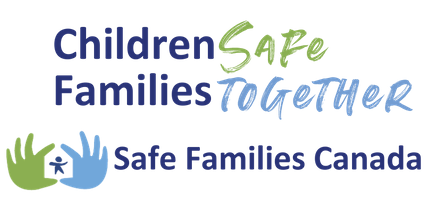FAQS
Our long-term vision is to see Safe Families Canada Chapters established in many more cities and communities across Canada.
How long does a child usually stay with a host family?
What ages of children does the Safe Families Canada serve?
What type of situations do the children come from?
What can be expected from a child placed in the care of a Host Family?
Will a child typically have a lot of behavior problems?
What contact will the Host Family have with the placing parent?
Can the Host Family adopt the child?
Can I volunteer with Safe Families Canada, but not as a Host Family?
